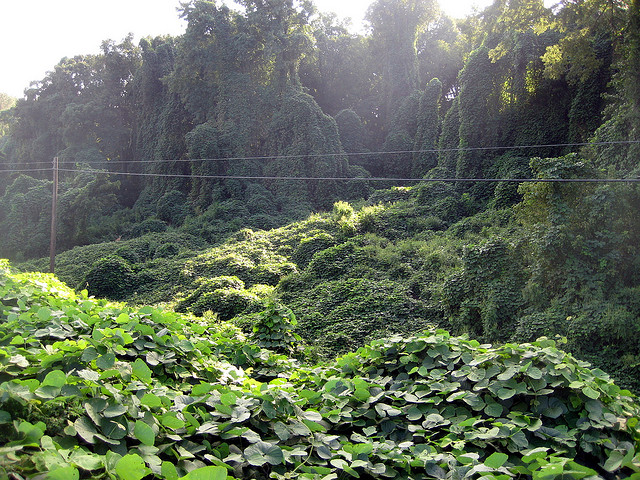This article from Salon introduces us to a new book by Marc Lewis, The Biology of Desire: Why Addiction is not a Disease.
This provocative title (for those who work with people who struggle with an addictive process) loses its power to alarm once one drops into the basic argument. Marc Lewis argues that addiction is a specific set of neuropathways that have been formed by behavior. What has been formed by behavior can be unformed by behavior.
Yes, so far so good.
According to Lewis a person with an addictive process engages the initial activity that will become and addictive process with an emotional wound. The substance (or behavior in the case of sexual addiction) provided sufficient relief to encourage the person to return to use as a way for relieving distress.
This choice results in the a deepening or the wound and, consequently, a return to the behavior the person has discovered brings relief until the person becomes a prisoner to the singular goal that is concentrated on addictive use.
“The brain is built . . . to form pathways for repetitive behavior, everything from brushing your teeth to stomping on the brake pedal, so that you don’t have to think about everything you do consciously. The brain is self-organizing. Those are all good properties, but addiction shanghais them for a bad cause.”
For Marc Lewis addiction is not a disease it is an expression of the brain’s normal learning process. For Lewis the goal is not to “heal” a “disease”, but to use the brain’s natural powers of learning (the formation of new neuropathways by practicing new behaviors) to lead to better outcomes for the person trapped in an addictive process.
The take away is this: That which causes the disruption of a human life, is the very thing that can advance a person beyond an addictive process to a new way of being in the world free from addiction: the neuroplasticity of the brain. In the same way that the brain conforms to an addiction process, the brain can conform to patterns that lead to greater health.
Twenty years ago Terry Gorski wrote an article arguing for the disease model of addiction. Gorski referred to the 24th Edition of the Stedman’s Medical Dictionary to identify the meaning of the term. It turns out a “disease” is characterized by at least two of three criteria:
- a recognized etiologic agent (or agents);
- an identifiable group of signs and symptoms;
- consistent anatomical alterations of known body systems.
The “etiologic agent” refers to a “cause”. In the case of sexual addiction, is there a recognized etiologic agent? From Marc Lewis’ perspective the etiology of sexual addiction is an “emotional emotional” that is compounded by a sub-optimal (or perhaps better, destructive) coping mechanism that results in a dysregulation of the brain.
Sexual addiction has an identifiable group of symptoms. These include:
[arrow_list]- Preoccupied with or persistently craving sex
- The unsuccessfull attempt to limit sexual activity
- Sex obsession to the detriment of other activities necessary to sustain health
- Continually to act out sexually despite negative consequences
- The development of tolerance of sexual stimulation leading to sexual dysfunction
Finally, does sexual addiction result in anatomical alterations of known body symptoms. Here the case for the disease model becomes murky. On the one hand, the brain changes. Neuropathy’s form that constitute the addictive process. However, the way neurophathy’s form is not altered. On the other hand, the attenuation of dendrites in the neuron itself leads to to a dulling of the responsiveness of the neuro-process under normal conditions.
Is addiction a disease, and more particularly, is sexual addiction a disease? Or is it, in the words of the article simply, “a form of learning gone tragically wrong.”
Kudzu is an invasive plant that, following the natural processes of all plants everywhere, takes over the land and kills every other native plant in its path. Is Kudzu a “disease”?
Most will continue to hold onto the disease model of addiction. While Marc Lewis says it is it is not a disease, he continues to recognize a need for treatment. People who struggle with an addictive process, he says, “need sensitive, intelligent social scaffolding to hold the pieces of their imagined future in place — while they reach toward it.”
If that is not a response to a disease, what is?

